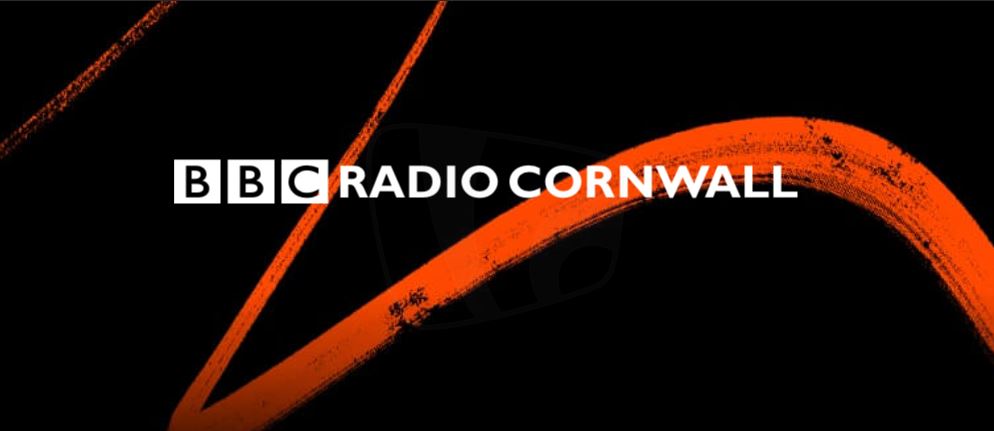Excerpt from the transcript of an interview by Mark Carne
 JS: Let’s talk about something you’re involved with now, hyperTunnel. It sounds a bit space age. It sounds like Elon Musk might be involved with it, but not. What is a hyperTunnel?
JS: Let’s talk about something you’re involved with now, hyperTunnel. It sounds a bit space age. It sounds like Elon Musk might be involved with it, but not. What is a hyperTunnel?
MC: So, hyperTunnel is a really fascinating – it’s a small tech startup business that I chair, and it’s really fascinating, because for 2,000 years, the way people have built a tunnel is to drill a hole and then build the tunnel shell. And hyperTunnel have come up with a completely different way of doing it, which is basically to build the tunnel first and then dig out the hole. Now, of course that sounds crazy, how do you do that? How do you it?
Well, the way you do it is that we basically drill a hole series of bores through the hillside, so maybe 30 and around the shape of a tunnel and then we send small – they’re like robots, but they’re very simple machines down inside these bores and then inject into the rock around the bores chemicals which stabilise the rock. So, we kind of 3D print a tunnel in the hillside. And then once you’ve finished the 3D printing of the tunnel wall, you can just dig it out very safely just using basic machinery. You don’t need a very expensive tunnel boring machine.
JS: What would be the comparative cost compared to the traditional way of doing things?
MC: Well, I’ll give you some statistics, because its very difficult to compare the cost, because we’re still an early startup. The tunnel boring machine that is being used by HS2 at the moment, its about 170 metres long and weighs 2,000 tons, and it’s taken three years to design and build it. The kind of drilling machines that we will use to build our tunnels only weigh 80 tons, so less than a 20th, and they’re available off the shelf. You can get one next week. So, you immediately save three years on the schedule before you even start. This approach to building tunnels is not an incremental change, its really a revolutionary change. If it works, it will fundamentally change the way in which this industry works. And tunneling and underground construction is a massive industry, which is just going to grow in the future of course as urban populations increase in size.
